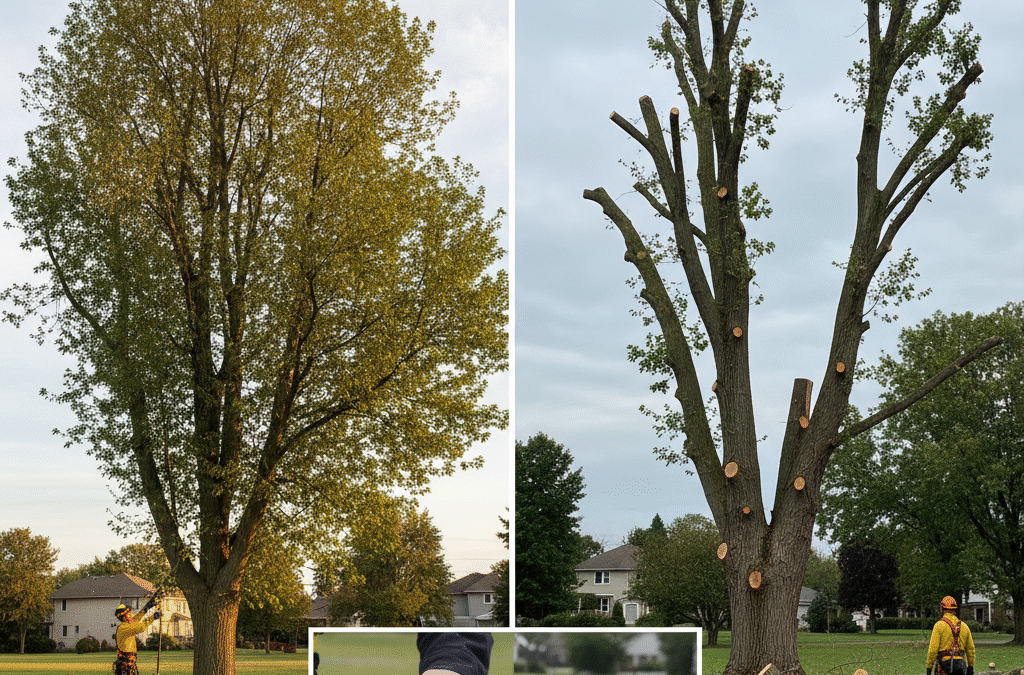Proper tree trimming is essential for maintaining tree health, improving safety, and enhancing the beauty of your property. However, selecting the right trimming method can be confusing, as each technique serves a specific purpose.
Understanding the differences between methods and when to use them ensures your trees remain healthy, safe, and visually appealing.
Crown Thinning for Light and Airflow
Crown thinning involves selectively removing branches within the canopy to improve light penetration and air circulation.
- Removes crowded or crossing branches to reduce density.
- Helps prevent disease by improving airflow and sunlight exposure.
- Maintains the natural shape of the tree without drastically altering its size.
This method is ideal for trees that need better light distribution to the lawn or surrounding plants while maintaining structural integrity.
Crown Raising for Clearance
Crown raising focuses on removing lower branches to provide clearance for vehicles, pedestrians, or structures.
- Eliminates low-hanging branches that interfere with roads, driveways, or walkways.
- Improves visibility for safety in residential areas.
- Reduces the risk of damage to buildings or parked vehicles.
Use crown raising when you need practical space under the tree without affecting the overall canopy too much.
Crown Reduction for Size Management
Crown reduction involves trimming the outer edges of a tree’s canopy to reduce height or spread safely.
- Helps manage large trees in confined spaces.
- Prevents branches from overreaching onto structures, power lines, or neighbouring properties.
- Encourages new growth and maintains tree health if done correctly.
This method is suitable for overgrown trees that require size adjustment while retaining their natural form.
Deadwood Removal for Health and Safety
Deadwood removal is the process of cutting away dead, dying, or diseased branches from a tree.
- Reduces the risk of falling limbs that could injure people or damage property.
- Improves overall tree health by preventing disease spread.
- Enhances the tree’s appearance by removing unsightly branches.
Regular deadwood removal is a preventative measure that ensures safety and encourages stronger, healthier growth.
Specialized Techniques for Unique Situations
Certain situations may require specific trimming techniques tailored to the tree species or location.
- Vista pruning opens views by removing selective branches without harming tree health.
- Pollarding is used for trees near streets or utility lines to maintain size while promoting new growth.
- Hedge trimming and shaping enhance ornamental or landscape trees for aesthetic purposes.
Choosing a method suited to your tree’s environment ensures long-term health and visual appeal.
Selecting the Right Tree Trimming Method for Your Property
Choosing the appropriate tree trimming method requires careful consideration of your tree’s health, location, and purpose. By understanding crown thinning, crown raising, crown reduction, deadwood removal, and specialized techniques, you can make informed decisions that enhance safety, aesthetics, and growth.
Consulting with a professional tree service ensures the correct method is applied, preserving the beauty and longevity of your trees.

